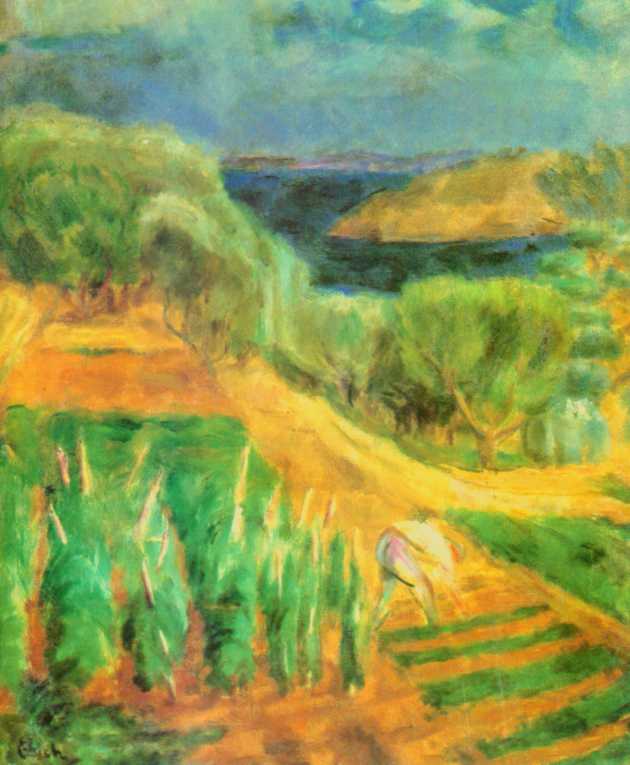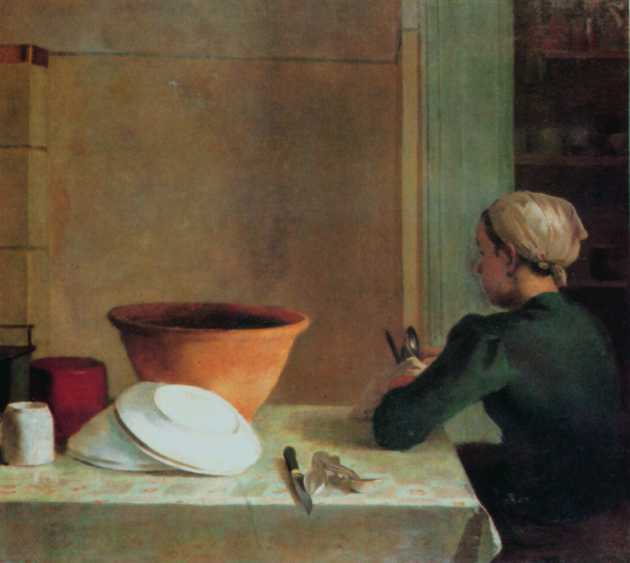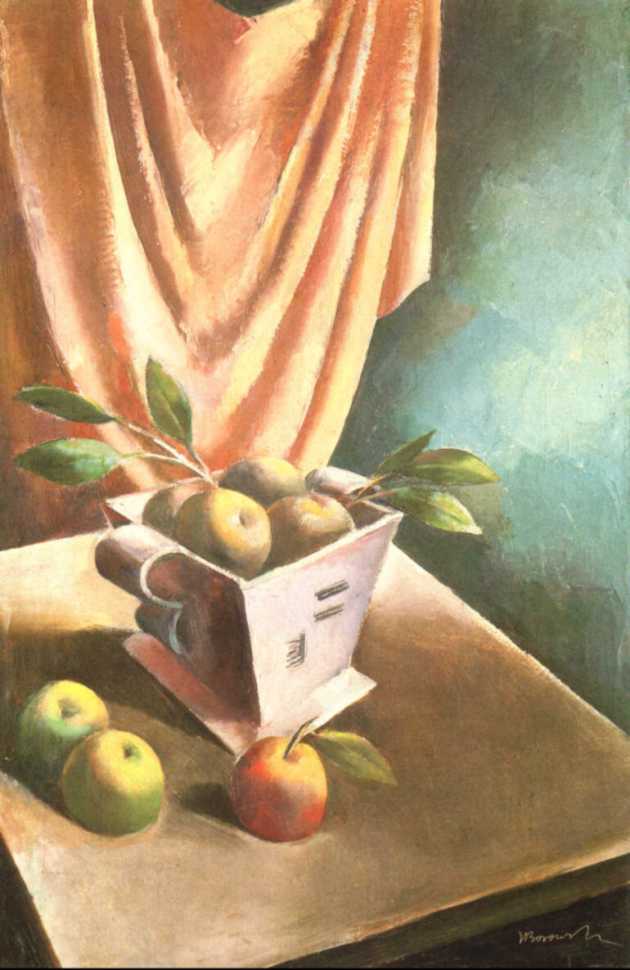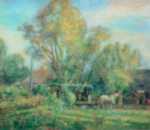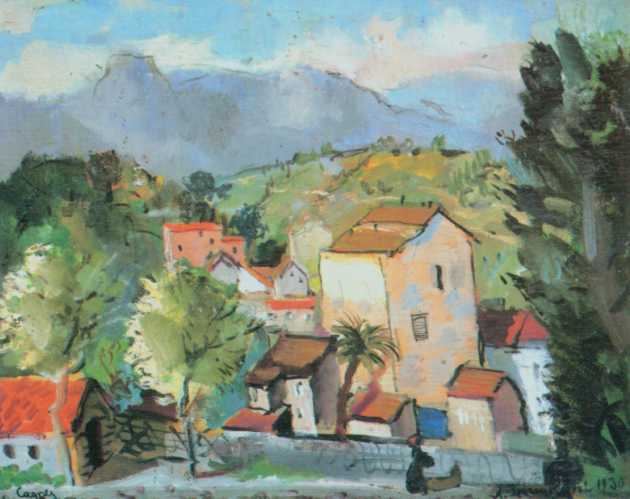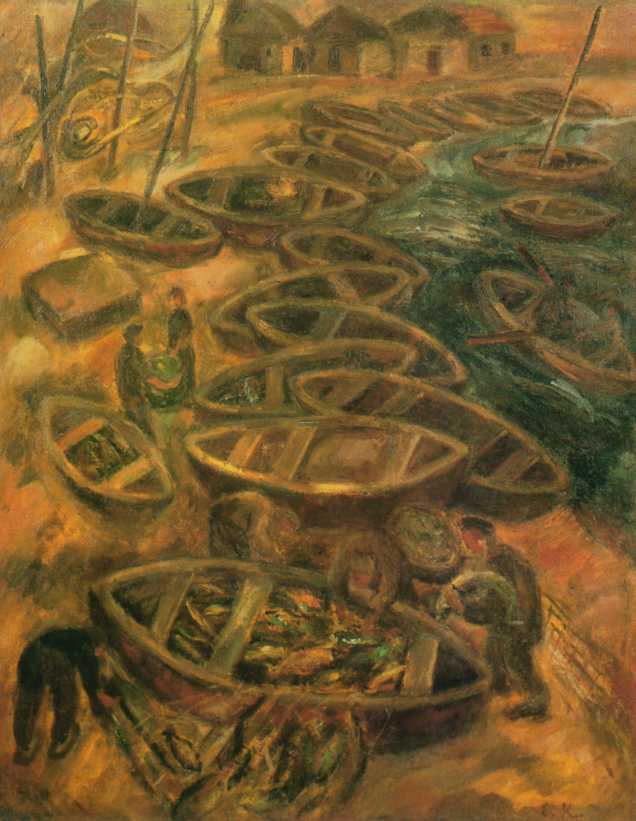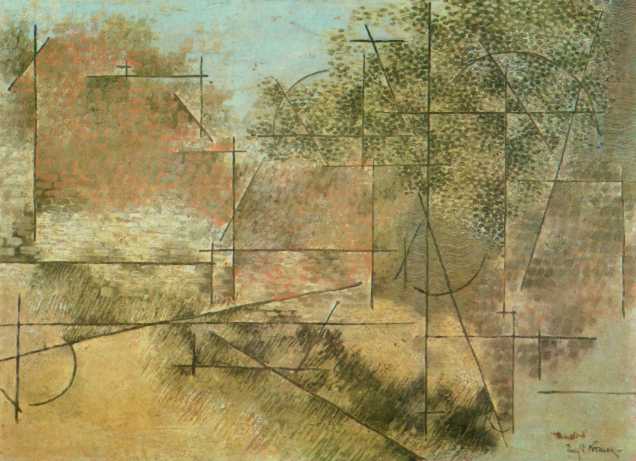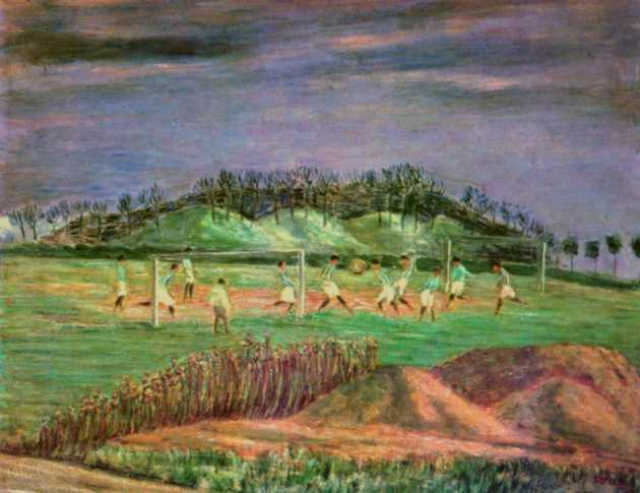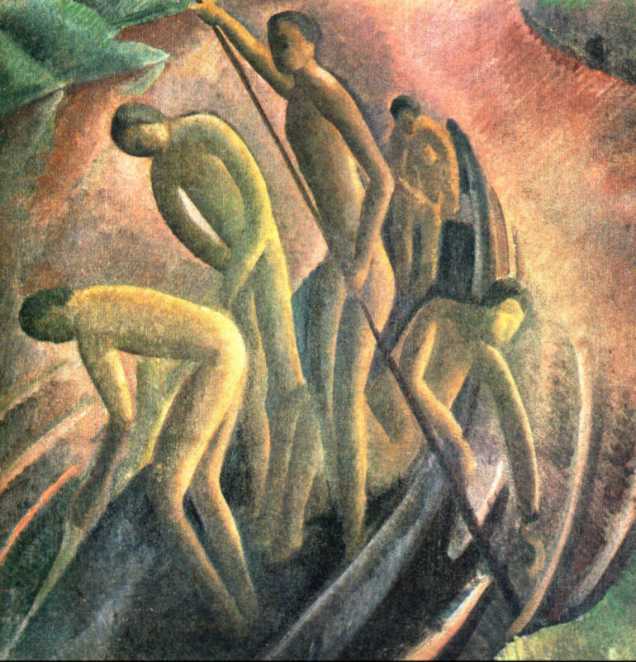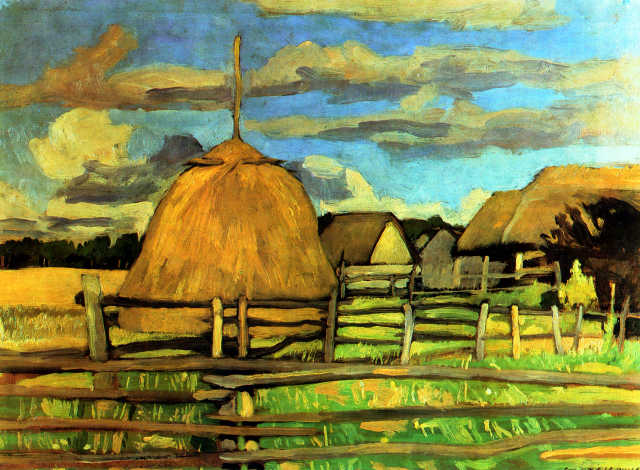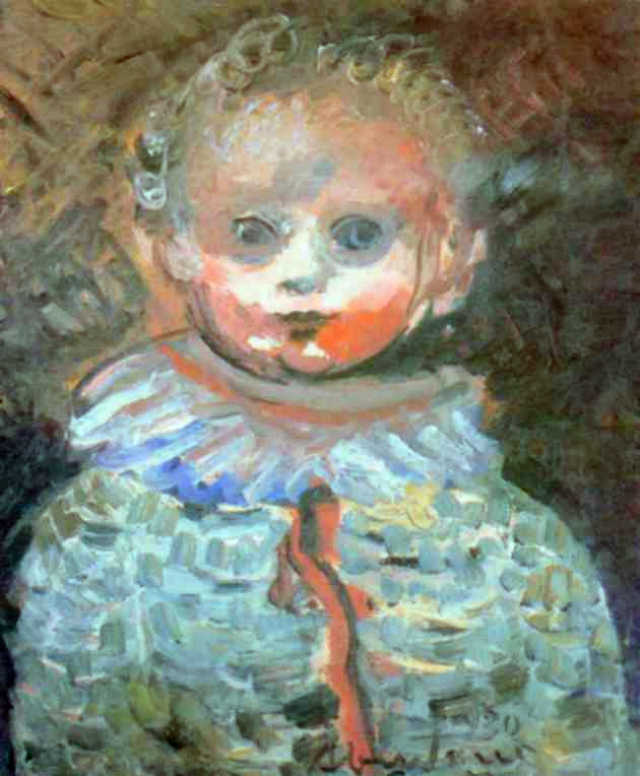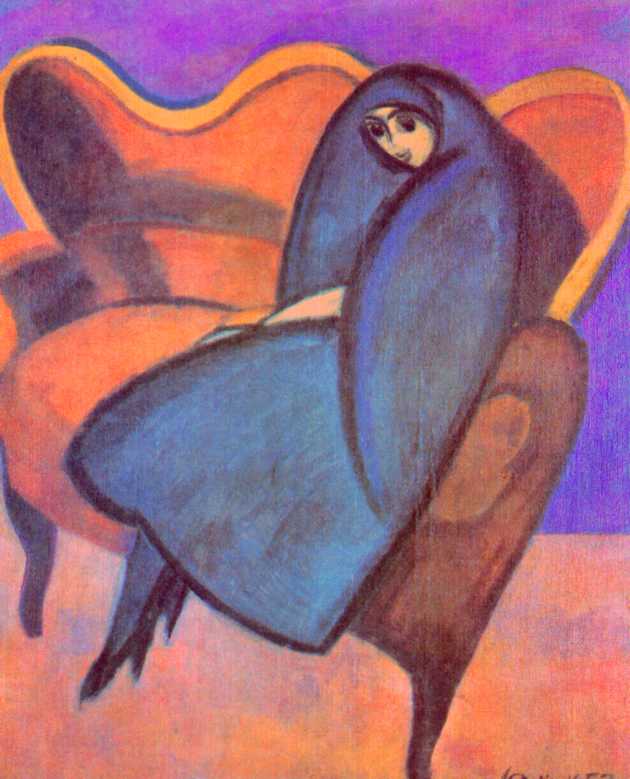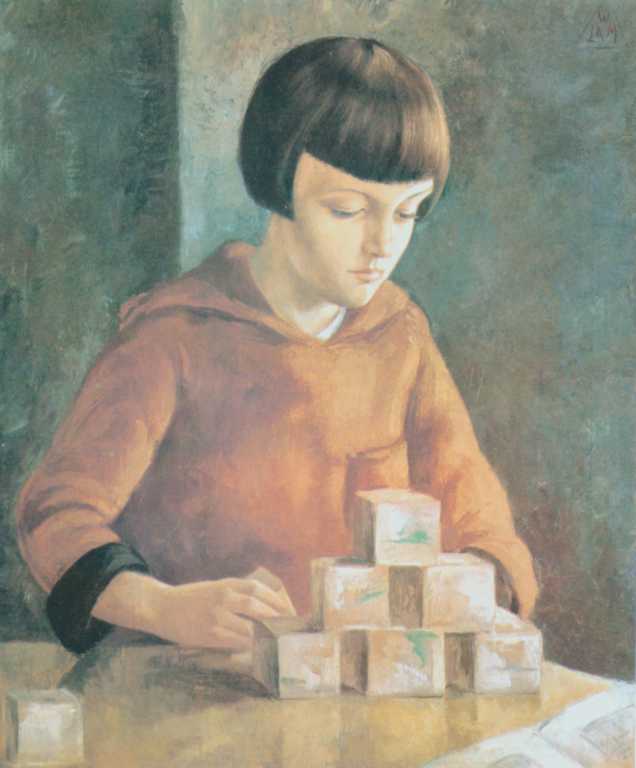marshmallow, Eugene (ur. 1896 Lublin).
Painter, pedagogue (professor and rector of the Academy of Fine Arts in Krakow, professor at the Academy of Fine Arts in Warsaw), member of the group Jednoróg and ZPAP. He studied painting in the years 1912-20 at the Academy of Fine Arts in Kraków under the supervision of J. Malczewski and W.. Weiss. W 1922 he left for Paris, where he stayed until 1939. There he took an active part in the artistic life, he exhibited in Salons and galleries of L.. Zborowski and G.. Bernheima, with whom he concluded contracts for the sale of paintings. In the 1930s, he was a well-known and respected artist in Paris, he was friends with many French painters and writers, he maintained contacts with the local Polish colony. After the war, he was one of the main figures in Polish art, he took part in all major national exhibitions and expositions of Polish art abroad. The subject of his works, is primarily a portrait study of girls and women, series of still lifes, also landscapes. Initially, he used chiaroscuro and value, taking into account the materiality of the painted things, to gradually change the relationship to the object and color. His paintings became more and more self-contained color structures, in which the boundaries and lumpiness of objects were blurred. In his search for a new harmony of tones, Eibisch emphasized above all purely painterly matters. Out of all the basic colors and many intermediate colors, he created nebulous visions of his own world, reduced to the vibration of color spots.
Painter, pedagogue (professor and rector of the Academy of Fine Arts in Krakow, professor at the Academy of Fine Arts in Warsaw), member of the group Jednoróg and ZPAP. He studied painting in the years 1912-20 at the Academy of Fine Arts in Kraków under the supervision of J. Malczewski and W.. Weiss. W 1922 he left for Paris, where he stayed until 1939. There he took an active part in the artistic life, he exhibited in Salons and galleries of L.. Zborowski and G.. Bernheima, with whom he concluded contracts for the sale of paintings. In the 1930s, he was a well-known and respected artist in Paris, he was friends with many French painters and writers, he maintained contacts with the local Polish colony. After the war, he was one of the main figures in Polish art, he took part in all major national exhibitions and expositions of Polish art abroad. The subject of his works, is primarily a portrait study of girls and women, series of still lifes, also landscapes. Initially, he used chiaroscuro and value, taking into account the materiality of the painted things, to gradually change the relationship to the object and color. His paintings became more and more self-contained color structures, in which the boundaries and lumpiness of objects were blurred. In his search for a new harmony of tones, Eibisch emphasized above all purely painterly matters. Out of all the basic colors and many intermediate colors, he created nebulous visions of his own world, reduced to the vibration of color spots.
Women with still life, ok. 1890
oil, canvas, 96 x 118 cm;
private property;
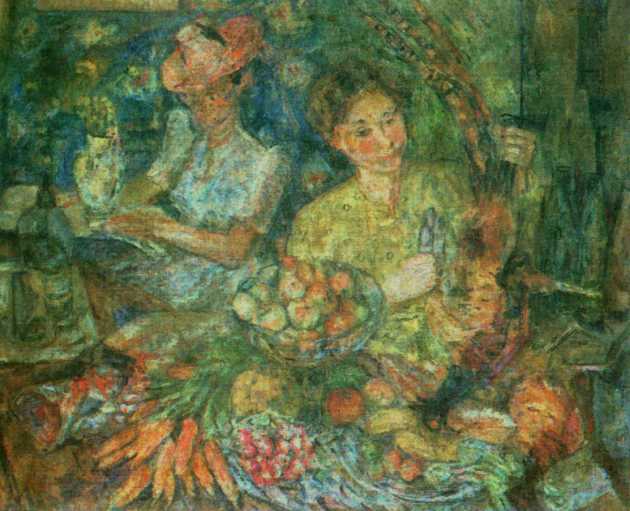
oil, canvas, 96 x 118 cm;
private property;

Grape basket, ok. 1938
oil, canvas, 41 x 51 cm;
National Museum in Warsaw;
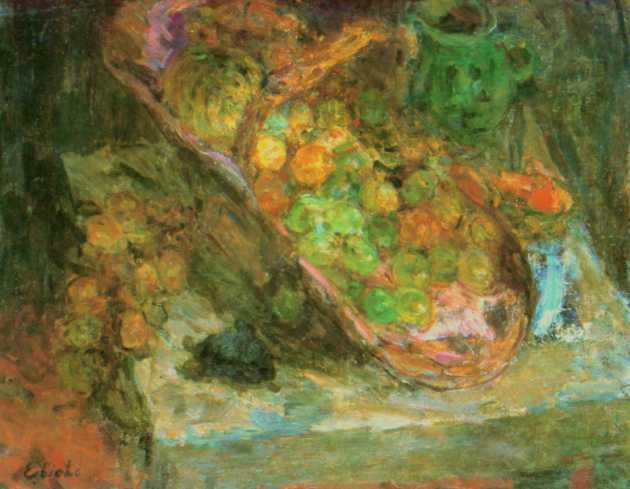
oil, canvas, 41 x 51 cm;
National Museum in Warsaw;

Still life with a fish, ok. 1938
oil, canvas, 50,5 x 60,5 cm;
National Museum in Poznań;
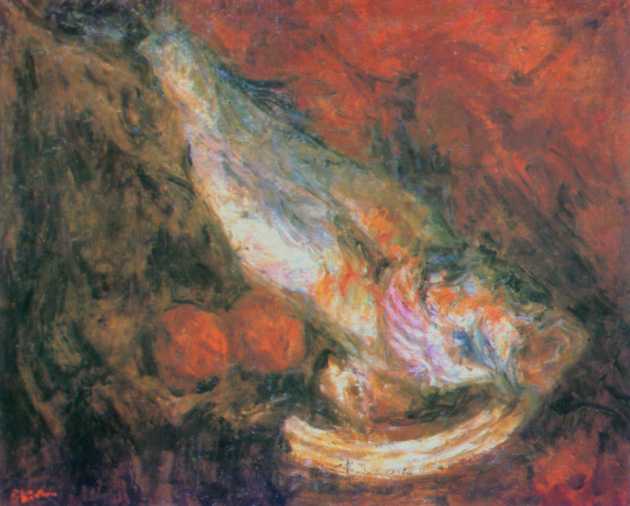
oil, canvas, 50,5 x 60,5 cm;
National Museum in Poznań;

Provencal landscape
oil, canvas, 55,5 x 46 cm;
signed lower right: Ebih;
National Museum in Warsaw;
oil, canvas, 55,5 x 46 cm;
signed lower right: Ebih;
National Museum in Warsaw;
